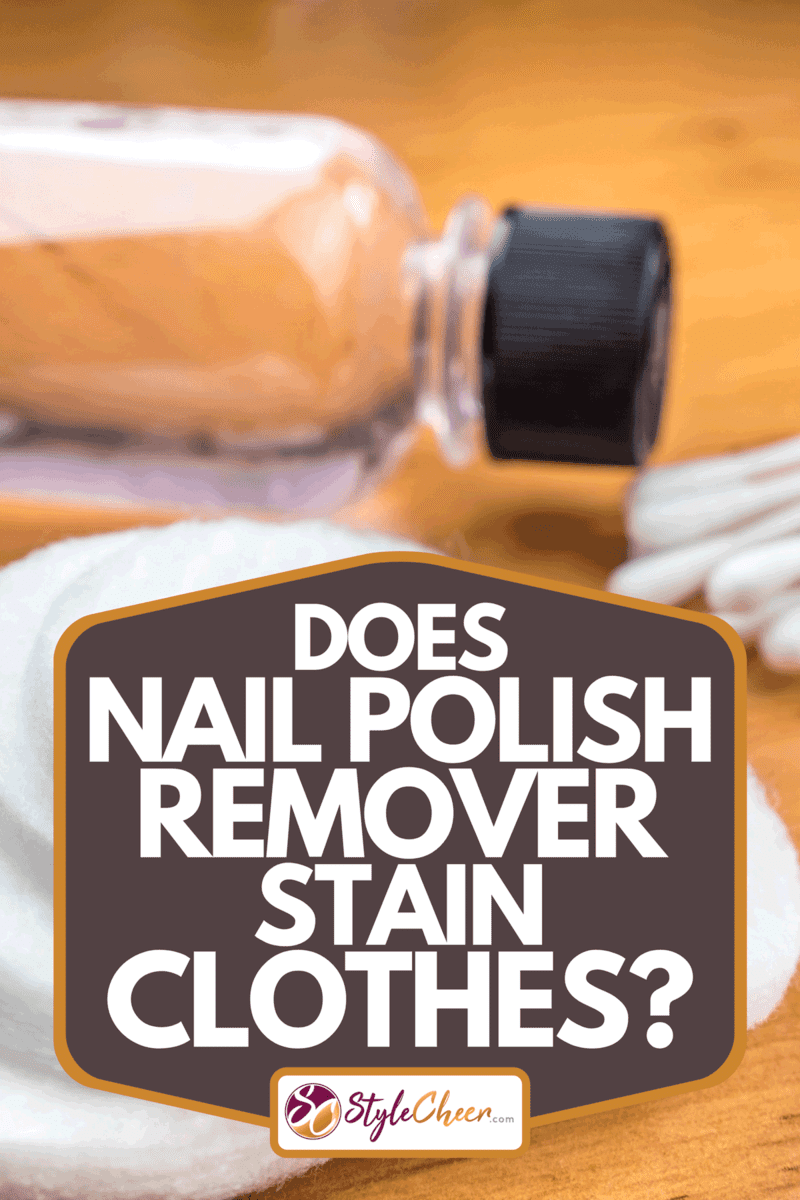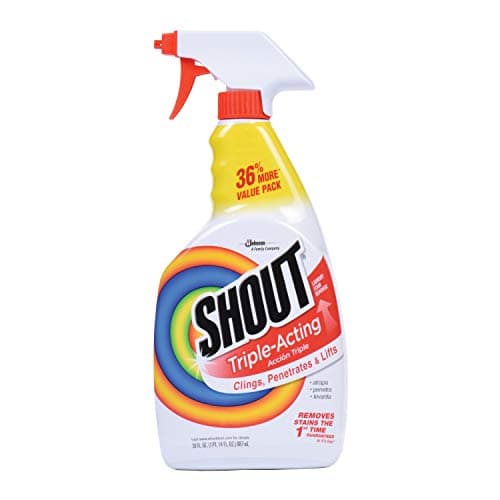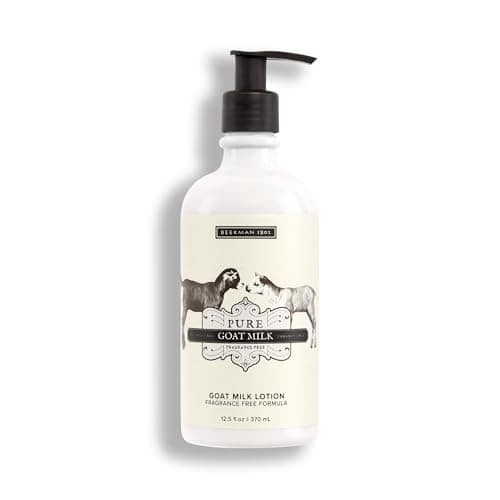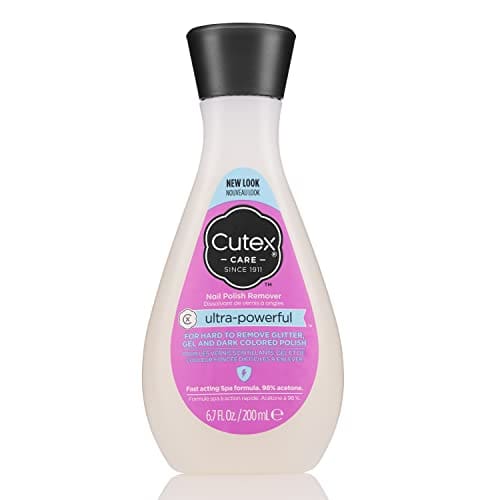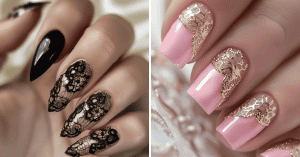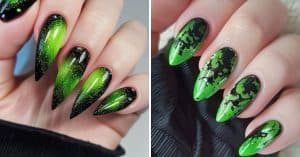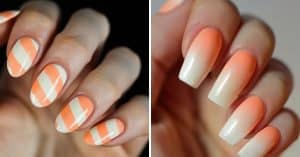Figuring out if beauty products like nail polish remover will stain clothes can be a worry. If you've accidentally spilled some on your outfit and wonder if the stain can be removed, we have the answers.
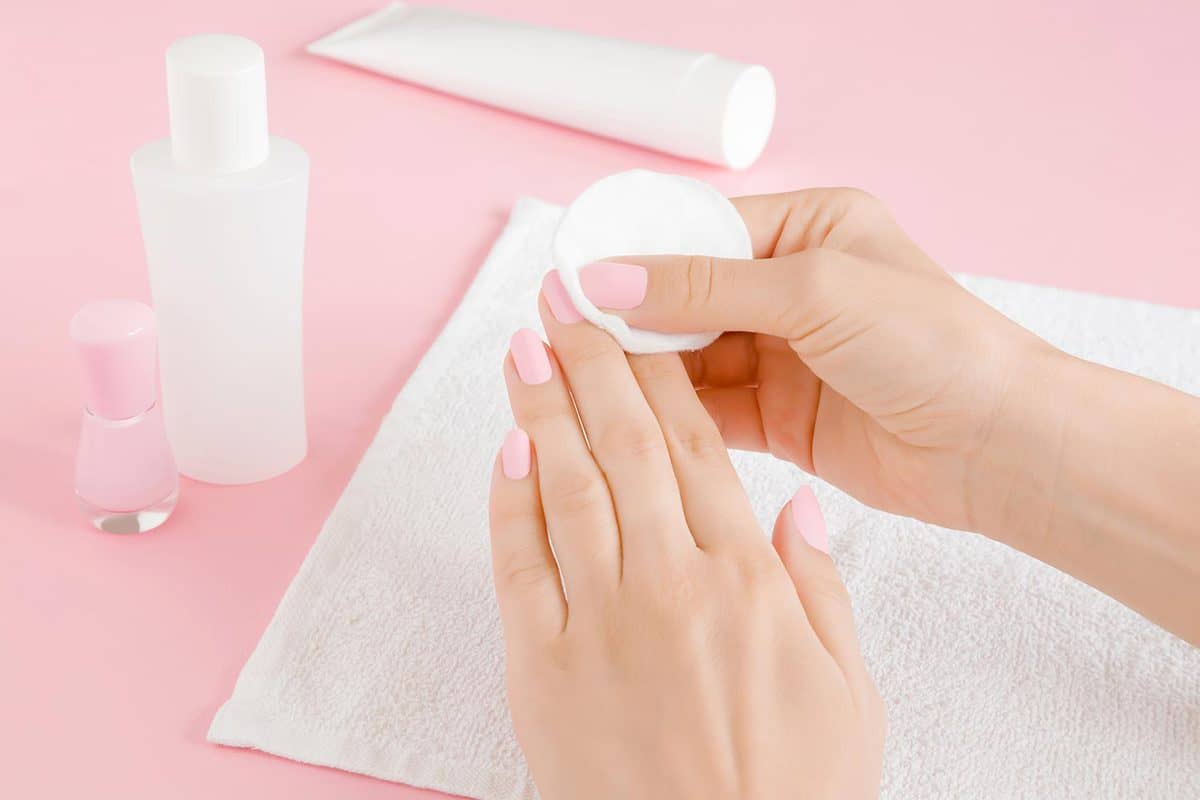
This article may include affiliate links and elements that were carefully created by our team using advanced ai to help you envision the best style advice.
This guide will explore how to tackle nail polish remover stains and suggest some useful products. Whether you're a professional nail artist or someone who enjoys a DIY manicure, we're here to assist. Let's get into how you can deal with these stains effectively.
Why Does Nail Polish Remover Stain Clothing?
Although nail polish remover is a life-saver, it can wreak havoc or stain your clothes. This is because many nail polish-removing products include ingredients that leave residue or even bleach fabric.
A common misconception is that acetone-based polish removers are the ones that stain, but in reality, acetone dries clear and won't usually leave any marks on your clothing.
The other chemicals and additives will often damage fabric, so you might still end up with stained clothes, even with a non-acetone polish remover.
Regarding polish remover, you might also be curious about its shelf life. For more information, take a look at 'Does Nail Polish Remover Expire?'
How Do You Get Rid Of Nail Polish Remover Stains?
If you need to get a nail polish remover stain out of your clothing, there are some ways to do this. One of the easier methods is to use either detergent or stain remover on your clothes and apply it directly to the affected spot using warm water.
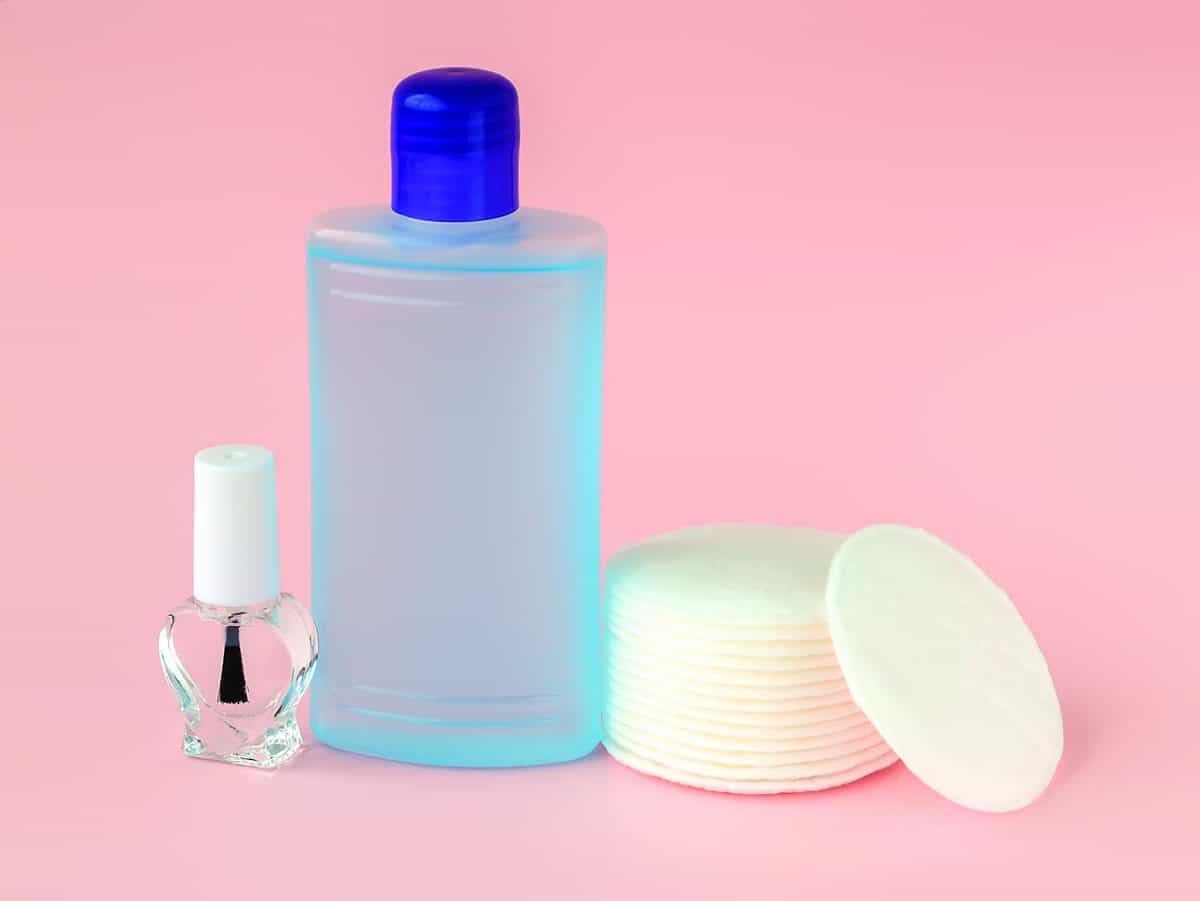
You can also use dish soap to get polish remover stains out of clothes, although it might not work as well as fabric-specific products.
Regardless, make sure to treat a polish remover stain as soon as possible to avoid it becoming permanent on your clothing.
Shout Triple-Acting Laundry Stain Remover Spray
This triple-acting spray works on all fabric types, promises to get rid of stains in one use, is effective in hot and cold water and comes in a 30-ounce bottle.
Will Acetone Bleach Clothes?
Although it is possible, acetone won't usually bleach your clothing. Typically, acetone might leave a mark on your clothes once it dries, but this will usually come out with some soap and water.
You can eliminate acetone stains/spots with a bit of regular stain remover, so they shouldn't be permanent. Acetone is also a common household remedy for grease stains on fabric, so if anything, it's more helpful than harmful.
How Do You Get Acetone Out Of Fabric?
If you've dropped acetone on your clothing or a fabric item, cleaning shouldn't be too difficult. To start:
- Grab a gentle soap, preferably laundry detergent.
- Apply the soap to your stain using warm water and a clean cloth.
- Blot the area in circular motions until the stain is gone.
- Rinse your clothing with cold water, and you're done!
You can also try spraying a stain remover directly on the acetone spot and throwing your clothes into the washer, so there are different ways to do this.
Is Nail Polish Remover Bad For Nails?
Nail polish remover shouldn't necessarily be bad for your nails, but it can dry them out. Ideally, you should only use polish remover on your nails every few weeks or once per month, so try not to overdo it.
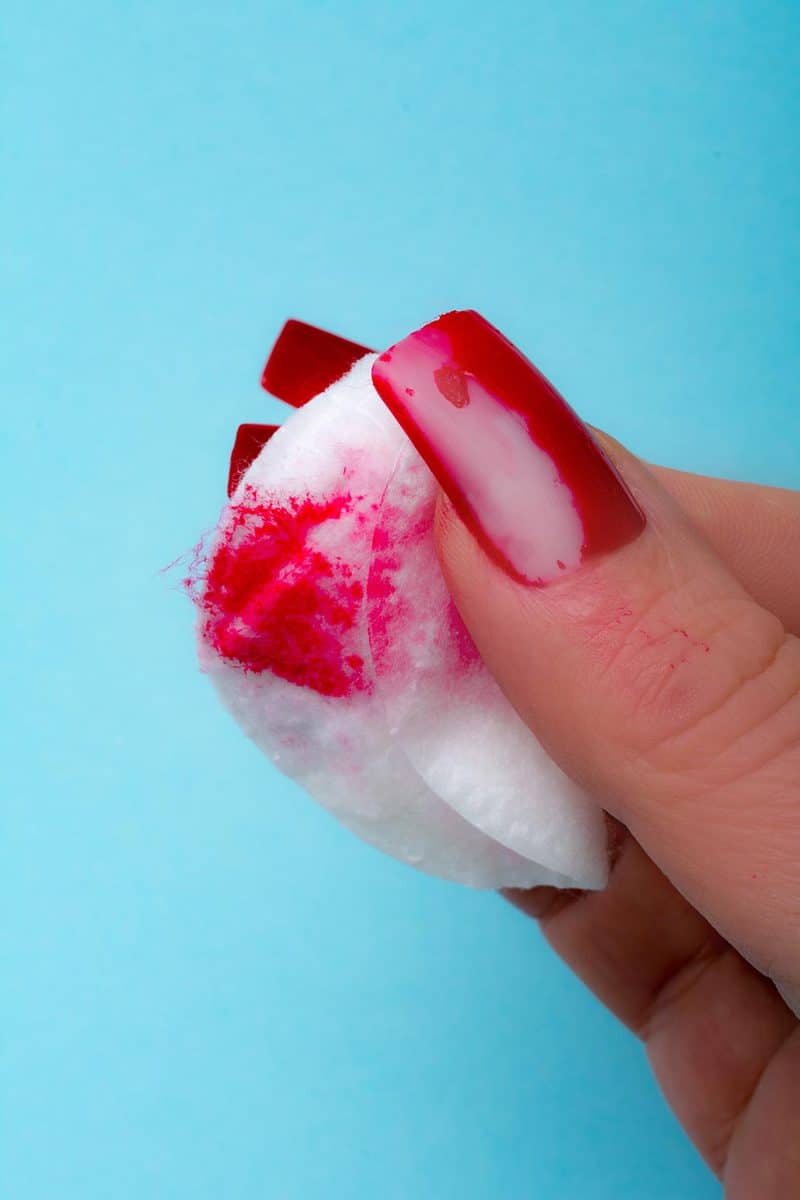
Dermatologists warn that overusing nail polish remover can cause your nails and skin to become dry and irritated; over time, it can even cause your nails to weaken.
Using too much acetone polish remover, in particular, can be extremely drying and lead to your skin cracking, peeling, or bleeding.
Should You Moisturize After Removing Nail Polish?
Yes, using a hand cream or lotion is essential for keeping your skin hydrated after using nail polish remover.
As mentioned, stronger polish removing ingredients like acetone can cause damage to the skin if you use them often, so applying moisturizer afterward is a good idea.
Another good way to hydrate your hands after using nail polish remover is to soak them for five minutes in warm milk, which will help soften your skin and strengthen your nails.
Of course, if milk soaking isn't your thing, you can always try a body milk lotion that has virtually the same benefits.
Beekman 1802 Goat Milk Body Lotion
This richly hydrating lotion, featuring goat milk, shea butter, and jojoba seed oil, nourishes and repairs dry, cracked skin. Unscented and packaged in a 12.5-ounce bottle.
What Do You Do If You Spill Nail Polish Remover On Your Bed?
Remove the sheets immediately if you spill the nail polish remover on your bed. Next, use a laundry detergent or stain remover on any affected areas, and throw your bedding into the washer.
If your mattress has polish remover on it, make sure to grab a warm soapy rag and scrub it until the smell is gone. You also want to let your mattress completely dry before making it again, so keep that in mind.
Is Nail Polish Remover Flammable After It Dries?
Generally, it won't be highly flammable once your nail polish remover dries or seeps into a surface. But with that said, it still has the potential to catch fire when dry in some cases.
What Is The Best Kind Of Nail Polish Remover?
When it comes to the best type of nail polish remover, try to choose an acetone option. Although we don't recommend using it every week, acetone will clean off your nail polish more efficiently than other formulas.
Especially for gel nails, you want to use a stronger polish remover so you don't end up going through an entire bottle each time you change nail colors/styles.
Cutex Ultra-Powerful Nail Polish Remover
This polish remover has 98% acetone, is spa-quality, works on gel, glitter, and dark nails, has apricot seed oil to hydrate nails, is paraben-free, and comes in a 6.7-ounce bottle.
What Can I Use Instead Of Nail Polish Remover?
There are a few good options for those wanting to try an alternative to nail polish remover. Some of our top recommendations include:
- Hand sanitizer
- Hydrogen peroxide
- Lemon water/juice
- Rubbing alcohol
- Toothpaste
Although these products will sometimes work to remove polish, they won't be as effective as traditional nail polish remover, so keep that in mind.
Is Nail Polish Remover Toxic?
Depending on its formula, yes, nail polish remover can be toxic. Regardless of what brand you use, ingesting polish remover is extremely dangerous and will often require hospitalization.
Nail polish remover may irritate and inflame your skin and cause systemic toxicity if you inhale too much. Nail polish remover can cause you to have a severe allergic reaction on contact, so make sure to do a patch test beforehand.
Is Nail Polish Remover Safe For Kids?
If you paint your child's nails, using a non-toxic, gentle polish remover is essential. Especially for younger kids, the ingredients in traditional polish-removing products can cause tenderness and irritation, so stick with a water-based, chemical-free option.
Brands like Piggy Paint and Ella+Mila make child-safe polish removers, so we recommend checking them out.
Piggy Paint 100% Non-Toxic Nail Polish Remover
This non-toxic nail polish remover is chemical-free, has zero VOC, is eco-friendly, doesn't contain acetone, and has aloe vera plus vitamin C.
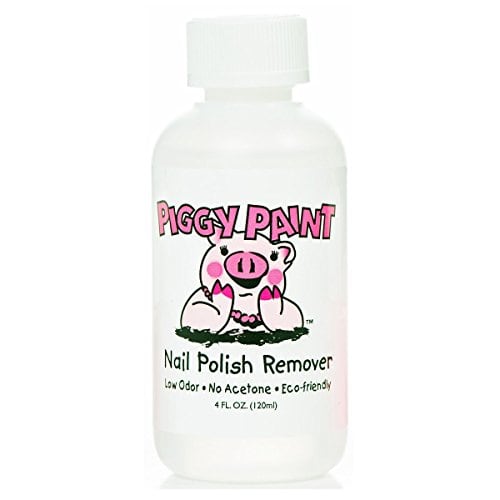
Explore more helpful content on this site, including "Can You Put Regular Nail Polish Over Gel, Polygel, Or Dip Powder?" to discover the specifics.
Final Stain Removal Tips
Quick action is key to removing nail polish remover stains. Use detergent, stain remover, or even hand soap effectively. Avoid leaving remover on fabrics for long, and consider chemical-free options for sensitive skin or children's safety.
Share this post with your network by pinning this image below to your social media, helping others find these tips.
